What Was the Old World Really Like?
5 ideas that seem foreign to us today…
Myth and prejudice have rendered [the world of late-medieval Europe] almost as alien to us as the world of the Americas was to the conquistadores themselves.
-Dr. Fernando Cervantes
Having spent nearly a decade living abroad, I’ve learned that one of the best ways to better understand your own culture is to spend time in another one. To the best of my knowledge, there are two main ways to accomplish this — either by buying a plane ticket, or by reading history.
Reading history, however, is not without its risks. As Dr. Fernando Cervantes, descendant of the author of Don Quijote and the foremost living historian of the conquistadors, notes: “the way we view and condemn the conquistadores often tells us more about our own sense of shame…than it does about [the conquistadors themselves].”
How, then, are you ever supposed to look back and judge history with any degree of accuracy? The key lies in studying not just people and events, but the world that formed them.
This is what Dr. Cervantes does best, and it’s why his work on the Spanish conquest of the New World stands far above that of other scholars in the field. Over the course of our 2.5 hour interview (which you can watch here), Dr. Cervantes shared with me a plethora of insight into the fascinatingly rich and complex world of late-medieval Spain — a world marked by the “powerful spirit of humanist and religious reform” and which “saw no inherent contradiction in the attempt to establish forms of governance that were simultaneously high-minded and lucrative.”
Today, I want to share five insights into how the Old World operated differently from our own, all taken from my interview with Dr. Cervantes. Because while none of us can travel back in time to the Spain of the conquistadors, we can still learn about their world — and doing so inevitably sheds powerful insight on our own…
1) A Supranational World
Timestamp: 15:50
For all the mentions of the “Spanish” being the ones who discovered the New World, here Dr. Cervantes reminds us that, in the time of the conquistadors, the “Spanish” as we know them didn’t exist.
In the year 1492, the Iberian peninsula (modern-day Spain and Portugal) was still a collection of kingdoms, and only recently had the two largest ones — Aragon and Castille — been de facto unified via the marriage of Ferdinand and Isabella. This royal couple then passed their joint crowns down to their grandson Charles, who later became Holy Roman Emperor.
This means that by the time Cortés conquered the Aztecs, he did so not in the name of Spain, but in the name of Charles V, the Spanish Habsburg ruler with domains in Spain, Sicily, Naples, Milan, Austria, Hungary, Bohemia, and the Burgundian low-countries. With the addition of New Spain, his became arguably the first “empire on which the sun never sets.”
The worldview of the conquistadors, therefore, was not narrow-sighted or nationalist. It couldn’t have been any more the opposite.
2) A United Christendom
Timestamp: 16:57
Martin Luther nailed his 95 theses to the church in Wittenberg in 1517, and the Diet of Worms (in which Luther’s writings were formally deemed heretical) wasn’t convened until 1521 — the same year in which Tenochtitlan fell to Cortés.
This means that even by the most conservative estimates, the first three decades of European involvement in the New World were defined by a united Christendom. This is significant, for it meant that Europeans approached the topic of conversion the same way they had since the Middle Ages — they simply set up a system of governance that made it “commonsensical” to become Christian, and no one was forced to convert. To become Christian meant to become a member of the body politic of Europe.
The common view, of course, is that the Europeans arrived and imposed Christianity by force. But as we shall again see with the mendicant friars, this couldn’t be further from the truth…
3) Authorized Disobedience
Timestamp: 29:05
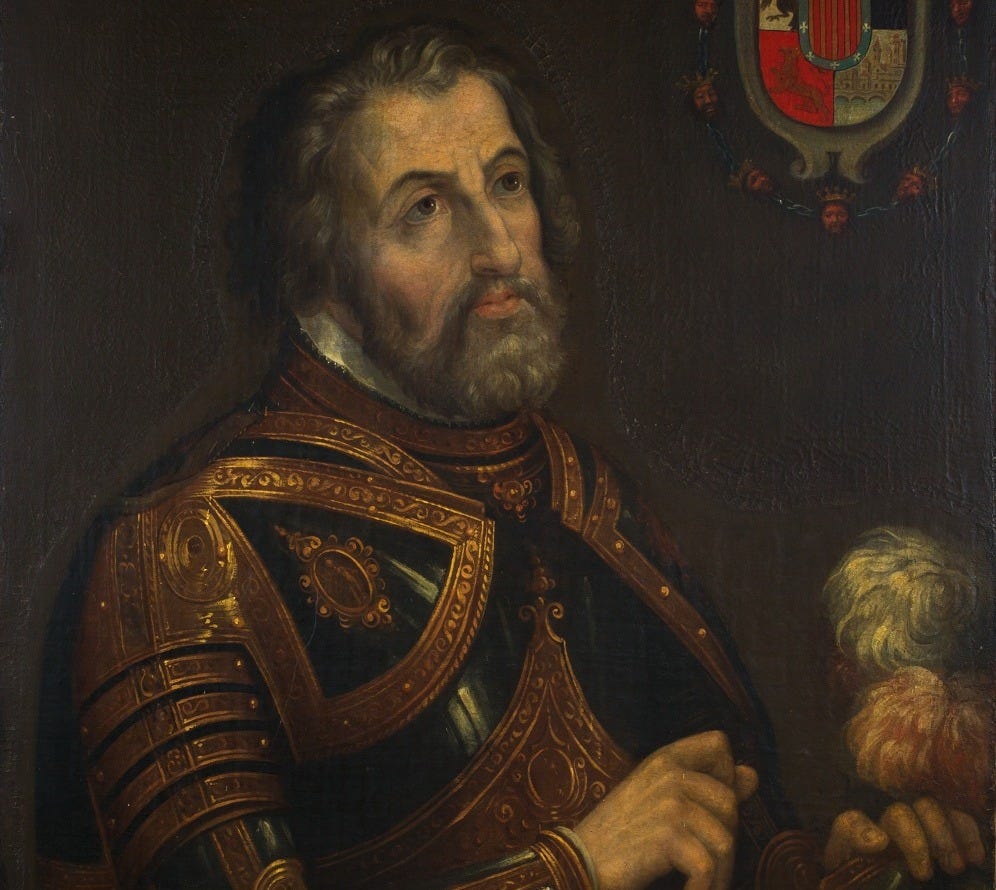
Obedezco pero no cumplo — “I obey but I do not comply” — seems like an impossible sentence to us, but to those living under the reign of Charles V it was a perfectly logical construction. Here, Dr. Cervantes traces the roots of this term back to the latin ob audire (“to listen”) to show how our conception of obedience has changed from one of collaboration to one of blind obedience.
In the conquistadors’ day, a man who blindly followed orders was more likely to lose his job than be promoted. While other scholars typically gloss over “obedezco pero no cumplo” as little more than an excuse for corruption, Dr. Cervantes shows why it was so fundamental to the structure of the Spanish viceroyalties, and the reason why they endured peacefully for over 300 years.
4) Keeping Anything that Works
Timestamp: 1:39:29
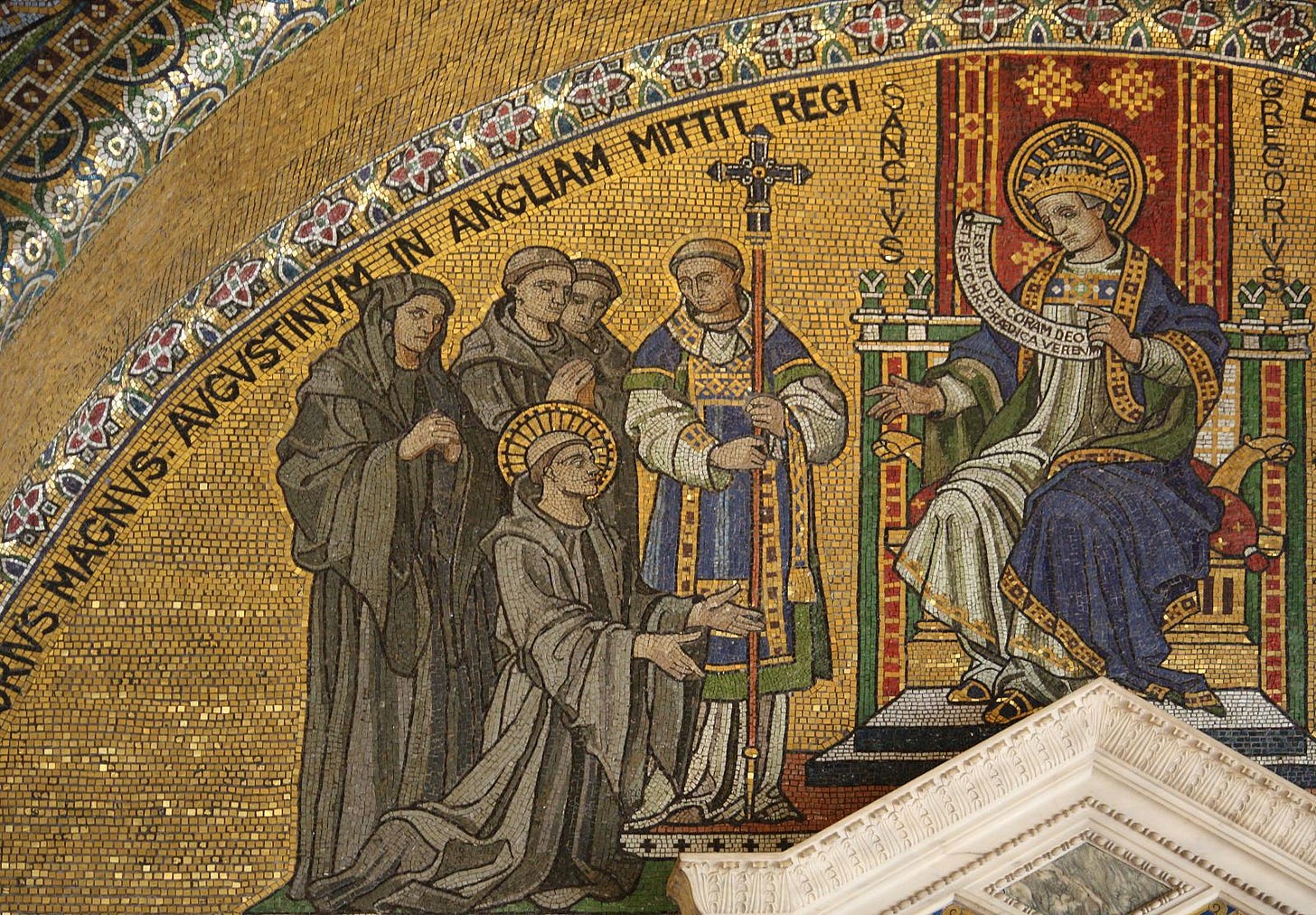
In the Middle Ages, the commonly held view was that when Jesus told his apostles to “go therefore and make disciples of all nations”, they had actually succeeded in doing so. Instead of treating indigenous peoples as though they had never heard the Gospel, therefore, missionaries instead evangelized by “reminding” them of the Gospel they had once received.
What this looked like in practice is that the mendicant friars (specifically, those of the Dominican and Franciscan orders) focused on what was already good in the natives’ religion, since anything good must have derived from Christianity. They didn’t catechize natives by making them assent to an intellectual doctrine, but rather by performing and showing reverence for the liturgy.
Many priests at the time followed the instruction of Pope Gregory the Great to Augustine of Canterbury: don’t do things by force; if there’s anything that works, keep it; only get rid of things that go against the faith.
To the elation of the vast majority of the natives, human sacrifice was the first thing to go.
5) Seeing the Good of Creation
Timestamp: 1:49:26
In one of the most fascinating parts of our interview, Dr. Cervantes outlines one of the biggest differences between medieval and modern Christianity:
The modern distrust of the body, the senses, the passions…that wasn’t the case in the Middle Ages. It was viewed much more from the perspective of stewardship: you had been put in charge of something, that something was good.
He elaborates by pointing out that in the medieval conception, all of nature was good because God created it and said it was good. Since the devil didn’t have the power to corrupt nature, he could only corrupt the will. Therefore, growth as a Christian in the Middle Ages was seen more as a combat against the distortion of the will than a combat against the flesh.
Later in our interview (around 2:24:00), Dr. Cervantes shows how the teachings of St. Catherine of Siena helped reform the Dominican order to help recenter it around this understanding of the ultimate good of creation. He traces the development of St. Catherine’s ideas all the way from Siena to Spain, where they finally make it to the ear of Cardinal Cisneros, Queen Isabella’s confessor.
Personally, this was one of my favorite parts of the interview — even if you’re not religious, you can’t help but appreciate how one young woman’s joy long outlived her, transforming the lives of millions in the New World and beyond.
To listen to the full interview with Dr. Cervantes now, click the link below:
The Truth About the Conquistadors
The European arrival in the New World is one of the most dramatic moments in all of human history. It precipitated a clash of civilizations unlike any other, setting off a chain of events that forever reshaped global geopolitics and continues to shape the lives of millions today.


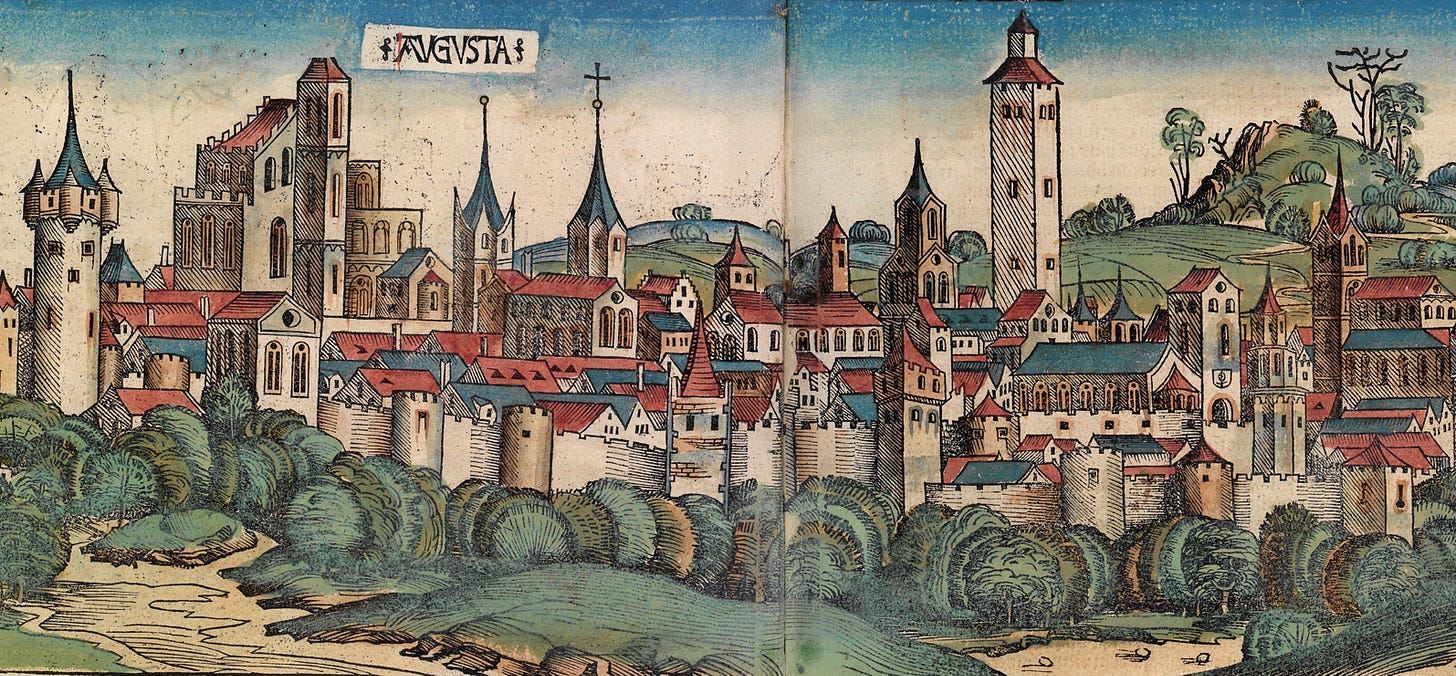
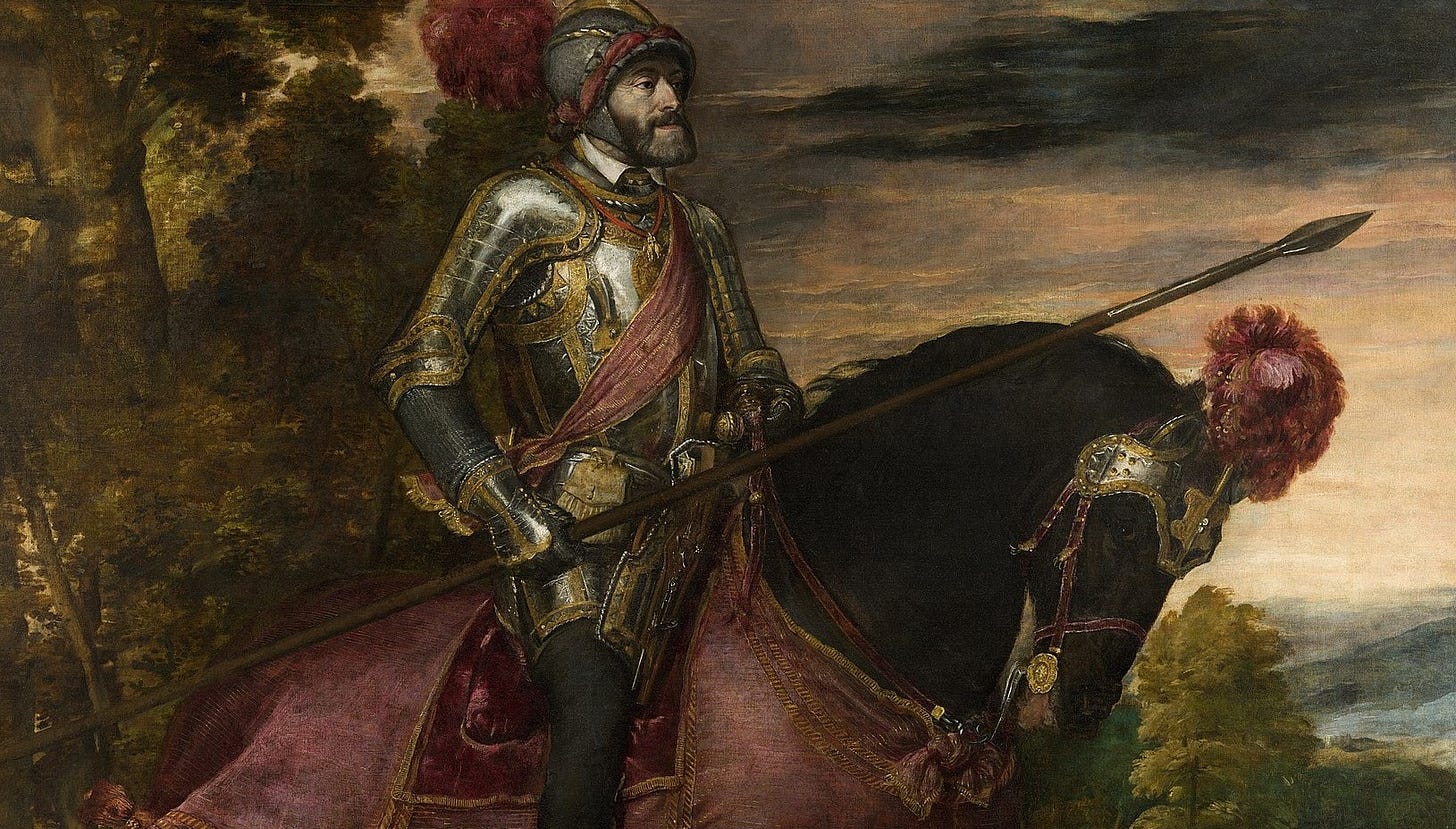
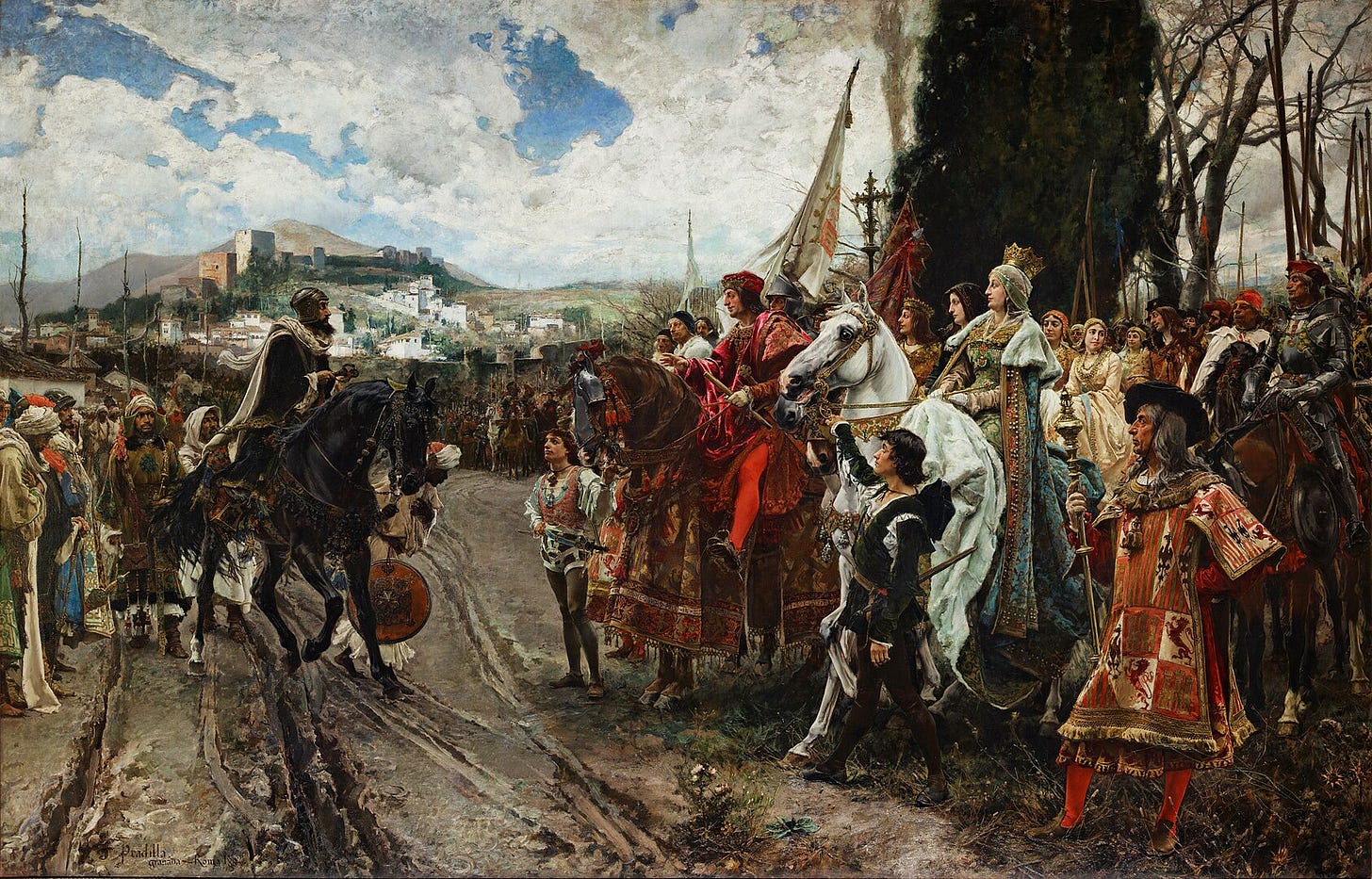
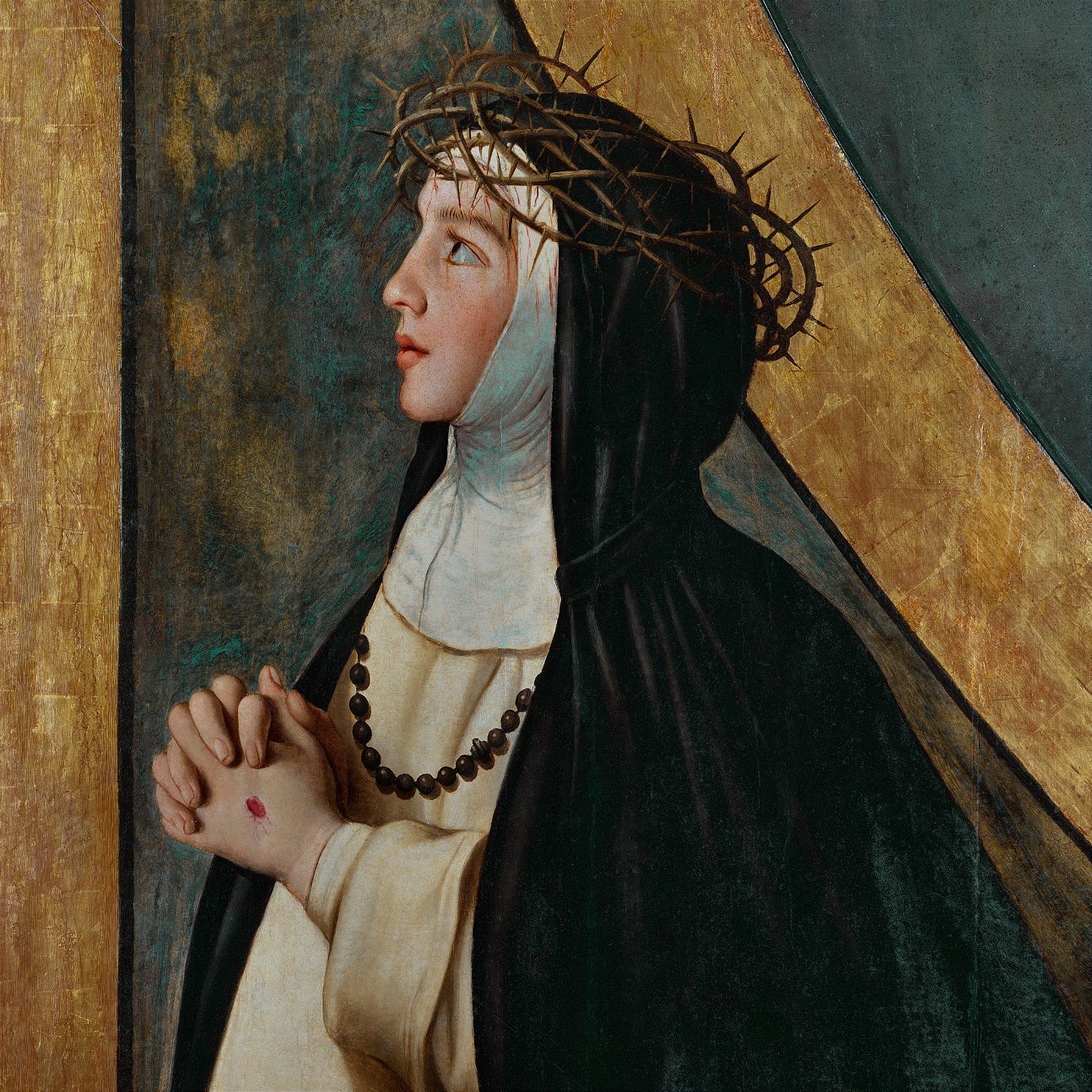
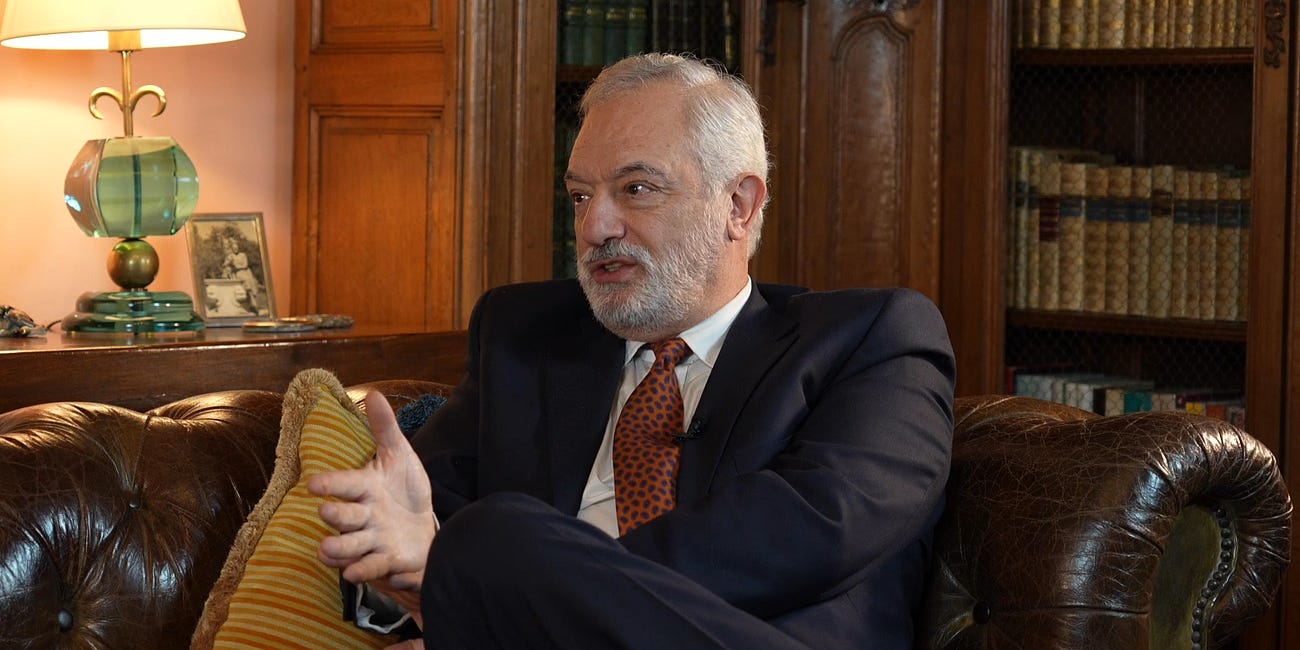
This one line at the end was my favorite, “Therefore, growth as a Christian in the Middle Ages was seen more as a combat against the distortion of the will than a combat against the flesh.”
Point 4. In the sacred valley, in and around Cusco, you can visit churches that were pre-conquest temples. They put a crucifix and alter up front and replaced the pagan gods and goddesses in the little wall alcoves with equivalent patron saints.